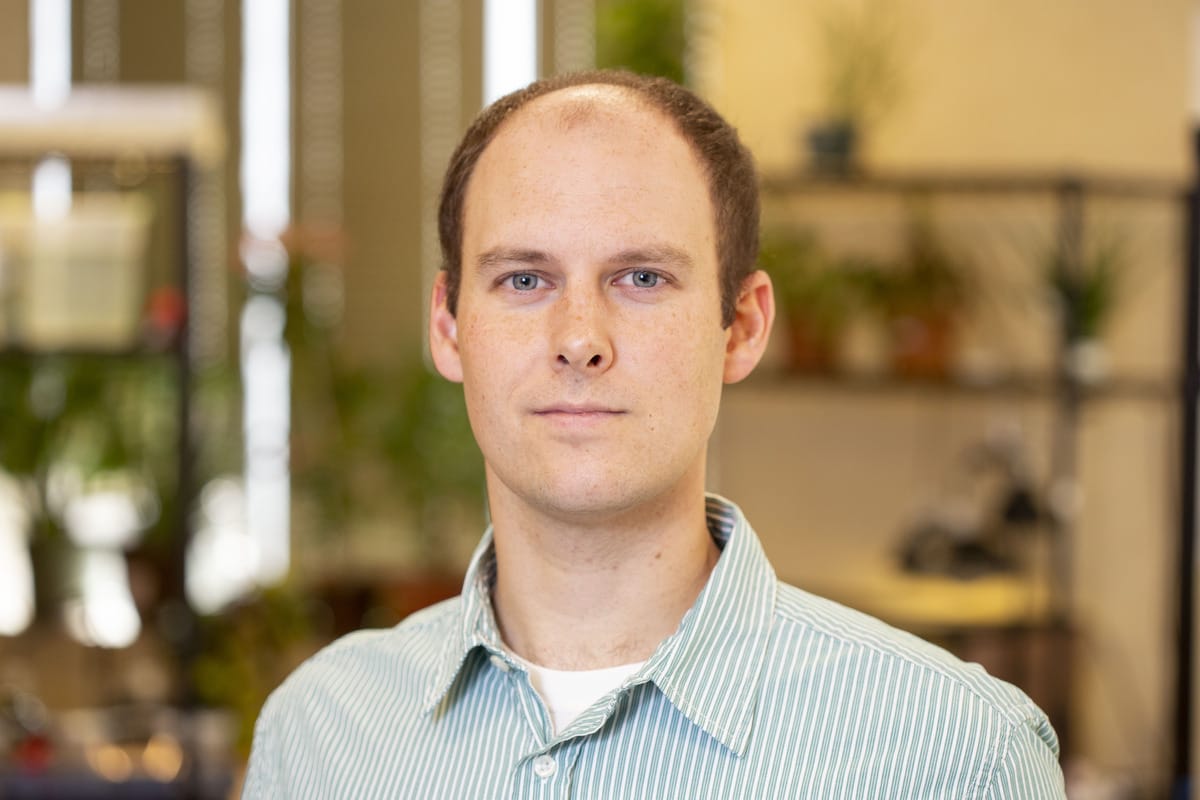Some time ago, I was scrolling through social media when I came upon an interesting picture. A group of teenagers were all showing off their formal prom wear. Not exactly uncommon sight, but these clothes were all constructed from duct tape. It turns out these innovative teenagers were all competing for a scholarship by designing amazing costumes using nothing but duct tape. It might sound ugly and uncomfortable, but trust me, these kids would have been right at home on a red carpet!
As I looked through the entries, I couldn’t help but marvel at each student’s creativity and craftsmanship. These designs weren’t simple. They required a deep understanding of style and color, but also of STEM. We rarely think of science, math, or engineering as forms of art, but what if we changed that? What would our classrooms look like if we found ways to blend a little STEM into our humanities?
Left Brain, Right Brain
I think we all tend to sort education into buckets. We separate activities into subjects and then pretend they don’t touch each another. Literature doesn’t touch math, science doesn’t touch art, etc. As we grow older, we start to divide careers into buckets as well (the doctor goes into the Science bucket, the musician goes into Arts bucket, etc.). As a result, our students leave school believing that the only “bucket” which matters is the one containing their ideal job.
In reality, most career paths are greatly improved by a combined knowledge of art and science. Students who don’t understand this run the risk of losing valuable learning experience while in class. They’re the ones who say, “When am I ever going to use this in the real world?” without realizing it’s a key aspect of their dream job. As teachers, we can help our less-than-enthusiastic learners develop a new appreciation for science by demonstrating how it’s used in several unexpected occupations. Here are just a few career paths that benefit from a healthy knowledge of STEM!
The Job Search
Fashion: As I already mentioned above, the fashion world actually requires a lot of science. Designers need to be deeply familiar with the materials they use. How does their fabric react to water or soap? How heavy is it? Does it retain heat or allow air to circulate? What shapes maximize comfort without sacrificing mobility? I’ll bet you didn’t expect to find great scientists walking runways in Milan!
Military: Perhaps you have a student who wants to serve in the military. While all potential soldiers need to maintain their physical health, knowledge of math and engineering could also do them good. Calculating trajectories, fixing equipment, familiarity with coding, every branch of the military needs soldiers who possess such skills. If a student hopes to join their ranks, they’ll need a strong mind as well as a strong body.
Movies & Entertainment: Maybe your student wants to make movies. They dream of being the next big pop star or plan to pursue acting on Broadway. Well, it turns out entertainment has a lot of moving pieces, and most of them require some STEM knowledge to understand. Graphics, cinematography, sound mixing, set and production design, the list is endless. If your would-be superstar really wants to see their name up in lights, they might need to pay a little more attention in science class.
Writing & Publishing: Even bookworms can benefit from a bit of STEM. Just consider best-selling novelist Andy Weir. His book, The Martian, follows an American astronaut named Mark Watney as he becomes stranded alone on Mars and must improvise to survive. The novel was a commercial and critical success, largely because Weir was a software engineer and understood the science behind space travel. The more a writer understands about the world around them, the better stories they’re able to create!
Social Media Influencer: Last, of course, is the infamous influencer. These days, it seems like every teenager is trying to hit it big on social media with dramatic photos or silly Tik Tok dances. Yet, even here, STEM plays its part. After all, technology changes and there’s no guarantee the platform they’re using today will still exist tomorrow. A good influencer will know how to adapt, iterate, and explore new technology to expand their base. That’s right kids, the most popular people on social media are SCIENCE NERDS!
Break the Buckets
A good teacher understands the value of blended education. By showing our students the versatility of art, science, reading, and math, we give them a better shot at achieving their goals. Better yet, we show that all learning (particularly STEM) is not about labeling information but changing how we think. It’s about asking questions, testing data, and experimenting with new ideas, regardless of the medium. So, break down the buckets and let your students mix their personal passions with practical learning.
As VAEI’s Dawn McCotter likes to say, “STEM itself is not a content area. It’s a mindset for solving problems and asking questions.”

